Who
Davy Ratchford, Vice President and General Manager of Snowbasin Resort, Utah
Recorded on
January 31, 2023
About Snowbasin
Click here for a mountain stats overview
Owned by: The R. Earl Holding Family
Pass affiliations: Ikon Pass, Mountain Collective
Located in: Huntsville, Utah
Year founded: 1940
Closest neighboring ski areas: Nordic Valley (30 minutes), Powder Mountain (35 minutes), Woodward Park City (1:05), Utah Olympic Park (1:08), Park City (1:15), Deer Valley (1:15), Snowbird (1:15), Alta (1:20), Solitude (1:20), Brighton (1:25), Sundance (1:40), Cherry Peak (1:45), Beaver Mountain (2:00) – travel times vary considerably based upon weather and traffic
Base elevation: 6,450 feet
Summit elevation: 9,350 feet
Vertical drop: 2,900 feet
Skiable Acres: 3,000
Average annual snowfall: 300 inches
Trail count: 111
Lift count: 12 (One 15-passenger tram, 2 eight-passenger gondolas, 2 six-packs, 2 high-speed quads, 2 triples, 1 ropetow, 2 carpets) – Snowbasin will add a third six-pack on an all-new line this summer (more on this below).
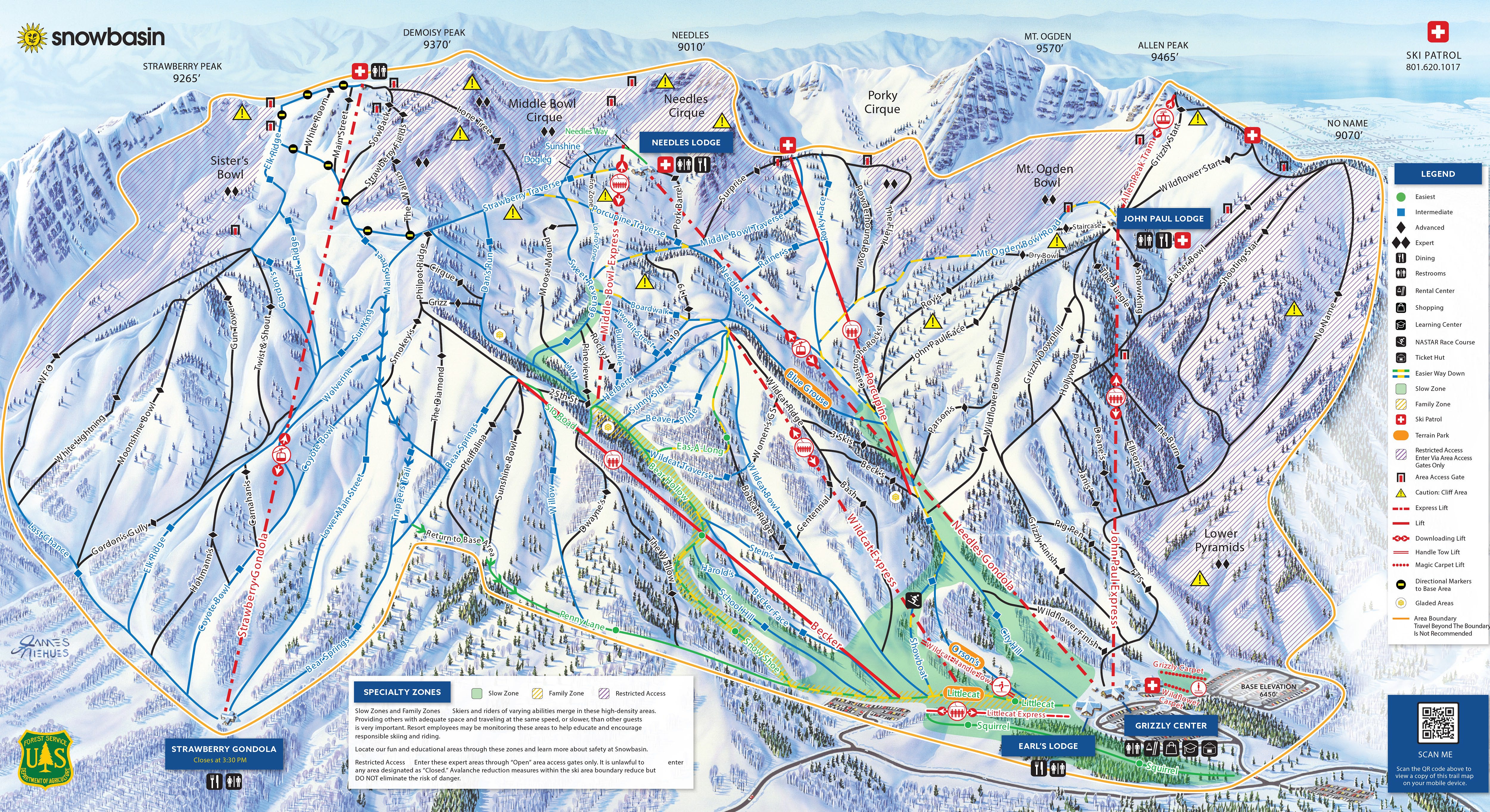
Why I interviewed him
For 60 years it sat there, empty, enormous, unnoticed. Utah skiing was Park City and Alta; Snowbird in the ‘70s; Deer Valley in the ‘80s; sometimes Solitude and Brighton. No need to ski outside that powder pocket east of SLC: in 1995, an Alta lift ticket cost $25, and the area resorts frequently landed on ski magazine “least-crowded” lists.
The November 2000 issue of Ski distilled Snowbasin’s malaise:
Though skiers were climbing the high ridgeline that overlooks the small city of Ogden as far back as the Thirties, Alta founder Alf Engen officially discovered Snowbasin in 1940. At that time the high, sunny basin was used for cattle range, but it was so overgrazed that eroded topsoil and bloated carcasses of dead cows were tainting Ogden’s water supply. Working with the U.S. Forest Service, Ogden’s town fathers decided that a ski resort would provide income and recreation while also safeguarding the water supply. A deal was struck with the ranch owner, and Snowbasin opened for business.
In the 60 years since, the resort has struggled under five owners, including Vail-founder Pete Seibert, who owned it in the mid-Eighties. The problem was a lack of lodging. Snowbasin was too far from Salt Lake City to attract out-of-state skiers and too far from Ogden to use the city’s aging railroad center as a resort base. Successive owners realized that to succeed, Snowbasin needed a base village, but building one from scratch is a costly proposition. So for half a century, the resort has remained the private powder stash of Ogden locals and the few lucky skiers who have followed rumors of deep snow and empty lifts up Ogden Canyon.
In 1984, Earl Holding, an oil tycoon who had owned Sun Valley since 1978, purchased the resort from Seibert (process the fact that Snowbasin was once part of the Vail portfolio for a moment). For a long time, nothing much changed. Then came the 2002 Olympics. In a single offseason in 1998, the resort added two gondolas, a tram, and a high-speed quad (John Paul), along with the thousand-ish-acre Strawberry terrain pod. A new access road cut 13 miles off the drive from Salt Lake City. Glimmering base lodges rose from the earth.
Still, Snowbasin languished. “But despite the recent addition of modern lifts, it has still failed to attract more than 100,000 skier visits the past two seasons,” Ski wrote in 2000, attributing this volume partly to “the fact that the Olympics, not today’s lift ticket revenue, is the management’s priority.” Holding, the magazine reported, was considering a bizarre name change for the resort to “Sun Valley.” As in, Sun Valley, Utah. Reminder: there was no social media in 2000.
That’s all context, to make this point: the Snowbasin that I’m writing about today – a glimmering end-of-the-road Ikon Pass jewel with a Jetsonian lift fleet – is not the Snowbasin we were destined to have. From backwater to baller in a generation. This is the template, like it or not, for the under-developed big-mountain West. Vail Mountain, Park City, Snowbird, Palisades Tahoe, Breckenridge, Steamboat: these places cannot accommodate a single additional skier. They’re full. The best they can do now is redistribute skiers across the mountain and suck more people out of the base areas with higher-capacity lifts. But with record skier visits and the accelerating popularity of multi-mountain passes that concentrate more of them in fewer places, we’re going to need relief valves. And soon.
There are plenty more potential Snowbasins out there. Mountains with big acreage and big snowfall but underdeveloped lift and lodging infrastructure and various tiers of accessibility issues: White Pass, Mission Ridge, Silver Mountain, Montana Snowbowl, Great Divide, Discovery, Ski Apache, Angel Fire, Ski Santa Fe, Powder Mountain, Sierra-at-Tahoe, Loveland. There are dozens more.
Snowbasin’s story is singular and remarkable, a testament to invested owners and the power of media magnification to alter the fate of a place. But the mountain’s tale is instructive as well, of how skiing can reorient itself around something other than our current version of snowy bunchball, the tendency for novice soccer players to disregard positions and swarm to wherever the ball moves. Snowbasin didn’t matter and now it does. Who’s next?
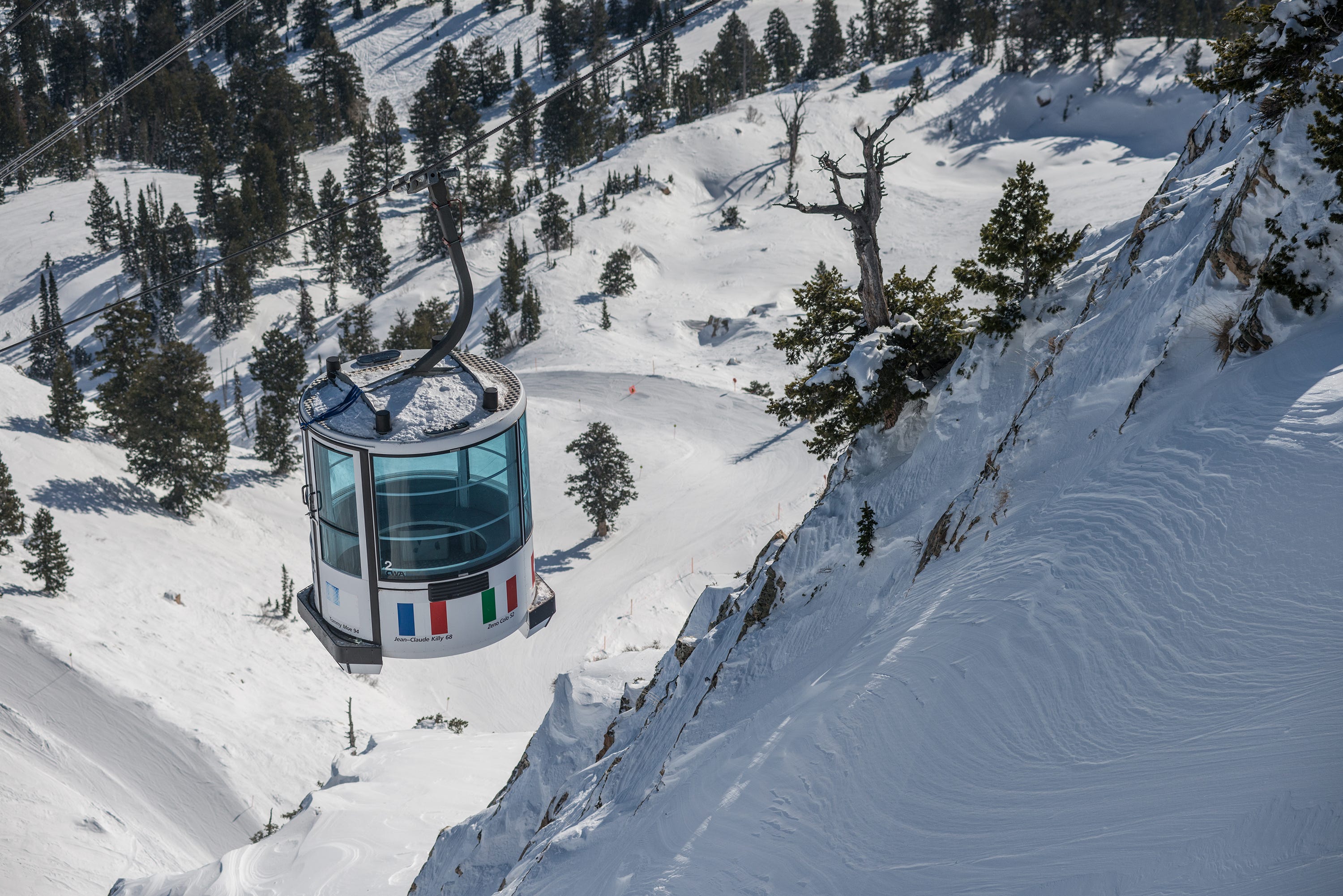
What we talked about
Utah’s amazing endless 2022-23 snow season; an Irish fairytale; skiing Beaver Mountain in jeans; helping to establish Utah’s Major League Soccer team and then leaving for the ski industry; “if you have a chance to raise your family in the mountains, you should do that”; the unique characteristic of a ski career that helps work-life balance; much love for the Vail Fam; the Holding family legacy; “Snowbasin is a gift to the world”; the family’s commitment to keeping Snowbasin independent long-term; “they’re going to put in the best possible things, all the time”; amazing lodges, bathrooms and all; Snowbasin’s Olympic legacy and potential future involvement in the Games; breaking down the DeMoisy Express six-pack that will go up Strawberry this summer; what the new lift will mean for the Strawberry gondola; soccer fans versus ski fans; managing a resort in the era of knucklehead social media megaphones; “I’ve lost a lot of employees to guests”; taming the rumor machine; reflecting on the Middle Bowl lift upgrade; long-term upgrades for the Becker and Porcupine triples; Snowbasin’s ambitious base-area redevelopment plan, including an all-inclusive Club Med, new lifts and terrain, and upgraded access road; “the amount of desire to own something here is huge”; what happens with parking once the mountain builds a village over it; the curse of easy access; breaking down the new beginner terrain and lifts that will accompany the village; whether future large-scale terrain expansion is possible; and leaving the Epic Pass for Ikon and Mountain Collective.
Why I thought that now was a good time for this interview
Last month, Snowbasin announced that it will build the DeMoisy Express, a long-awaited six-pack that will run parallel to the Strawberry Gondola on a slightly shorter line, for the 2023-24 ski season. Here’s where it will sit on the current trailmap (highlighted below):
This will be Snowbasin’s second six-pack in just two years, and it follows the resort’s 2021 announcement of an ambitious base-area development plan, which will include new beginner terrain, several new lifts, a mixed-use pedestrian village, access-road improvements, and an all-inclusive Club Med resort. Here’s a rendering of the reconfigured base at full build-out:
Snowbasin, along with sister resort Sun Valley, also stalked off the Epic Pass last year, fleeing for the Mountain Collective and Ikon passes. “Because we’re smart,” Ratchford half-joked when I asked him why the resorts left Epic after just three years. He framed the switch as an opportunity to expose the resorts to new skiers. Snowbasin surely will not be the last resort to change allegiances. Don’t think big indies like Jackson Hole, Taos, and Revelstoke aren’t listening when Vail calls, offering them a blank check to change jerseys.
What I got wrong
I had an on-the-fly moment where I mixed up the Wildcat Express six-pack and the Littlecat Express high-speed quad. I asked Ratchford how they were going to upgrade Little Cat (as suggested in the base-area redevelopment image above), when it was already a six-pack. Dumb stuff happens in the moment during these podcasts, and while I guess I could ask the robots to fix it, I’d rather just own the mistake and keep moving.
Why you should ski Snowbasin
I love skiing Alta and Snowbird, but I don’t love skiing anywhere enough to endure the mass evacuation drill that is a Cottonwoods powder-day commute. Not when there’s a place like Snowbasin where you can just, you know, pull into the parking lot and go skiing.
What you’ll find when you arrive is as good as anything you’ll hunt down in U.S. skiing. Maybe not from a total snowfall perspective – though 300 inches is impressive anywhere outside of Utah – but from a lift-and-lodge infrastructure point of view. Four – soon to be five – high-speed chairlifts, a tram and two gondolas, and a couple old triple chairs that Ratchford tells me will be replaced fairly soon, and probably with high-speed quads. The lodges are legendary, palaces of excess and overbuild, welcome in an industry that makes Lunch-Table Death-Match a core piece of the experience. If you need to take your pet elephant to the bathroom, plug Snowbasin into your GPS – I assure you the stalls can accommodate them.
But, really, you ski Snowbasin because Snowbasin is easy to get to and easy to access, with the Ikon Pass that most people reading this probably already have, and with terrain that’s as good as just about anything else you’re going to find in U.S. America.
Podcast Notes
On Park City: Ratchford referred obliquely to the ownership change at Park City in 2014, saying, “if you know the history there…” Well, if you don’t know the history there, longtime resort owner Powdr Corp made the biggest oopsie in the history of lift-served skiing when it, you know, forgot to renew its lease on the mountain. Vail, in what was the most coldblooded move in the history of lift-served skiing, installed itself as the new lessee in what I can imagine was a fit of cackling glee. It was amazing. You can read more about it here and here. If only The Storm had existed back then.
On the Olympics: While I don’t cover the Olympics at all (I completely ignored them last year, the first Winter Games in which The Storm existed), I do find their legacy at U.S. ski resorts interesting. Only five U.S. ski areas have hosted events: Whiteface (1980), Palisades Tahoe (1960), and, in 2002, Deer Valley, Park City, and Snowbasin. Ratchford and I talk a bit about this legacy, and the potential role of his resort in the upcoming 2030 or 2034 Games – Salt Lake City is bidding to host one or the other. Read more here.
On megapasses: Snowbasin has been all over the place with megapasses. Here’s its history, as best I can determine:
2013: Snowbasin joins the Powder Alliance reciprocal coalition (it is unclear when Snowbasin left this coalition)
2017: Snowbasin joins Mountain Collective for 2017-18 ski season
2019: Snowbasin joins Epic Pass, leaves Mountain Collective for 2019-20 ski season
2022: Snowbasin leaves Epic Pass, re-joins Mountain Collective and joins Ikon Pass for 2022-23 ski season
The Storm publishes year-round, and guarantees 100 articles per year. This is article 8/100 in 2023, and number 394 since launching on Oct. 13, 2019. Want to send feedback? Reply to this email and I will answer (unless you sound insane, or, more likely, I just get busy). You can also email skiing@substack.com.





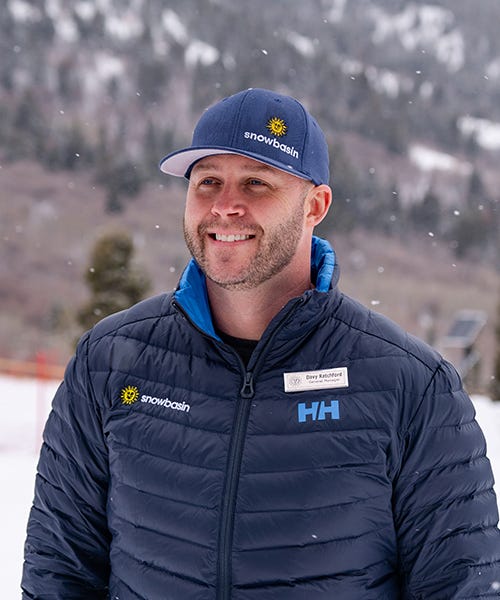

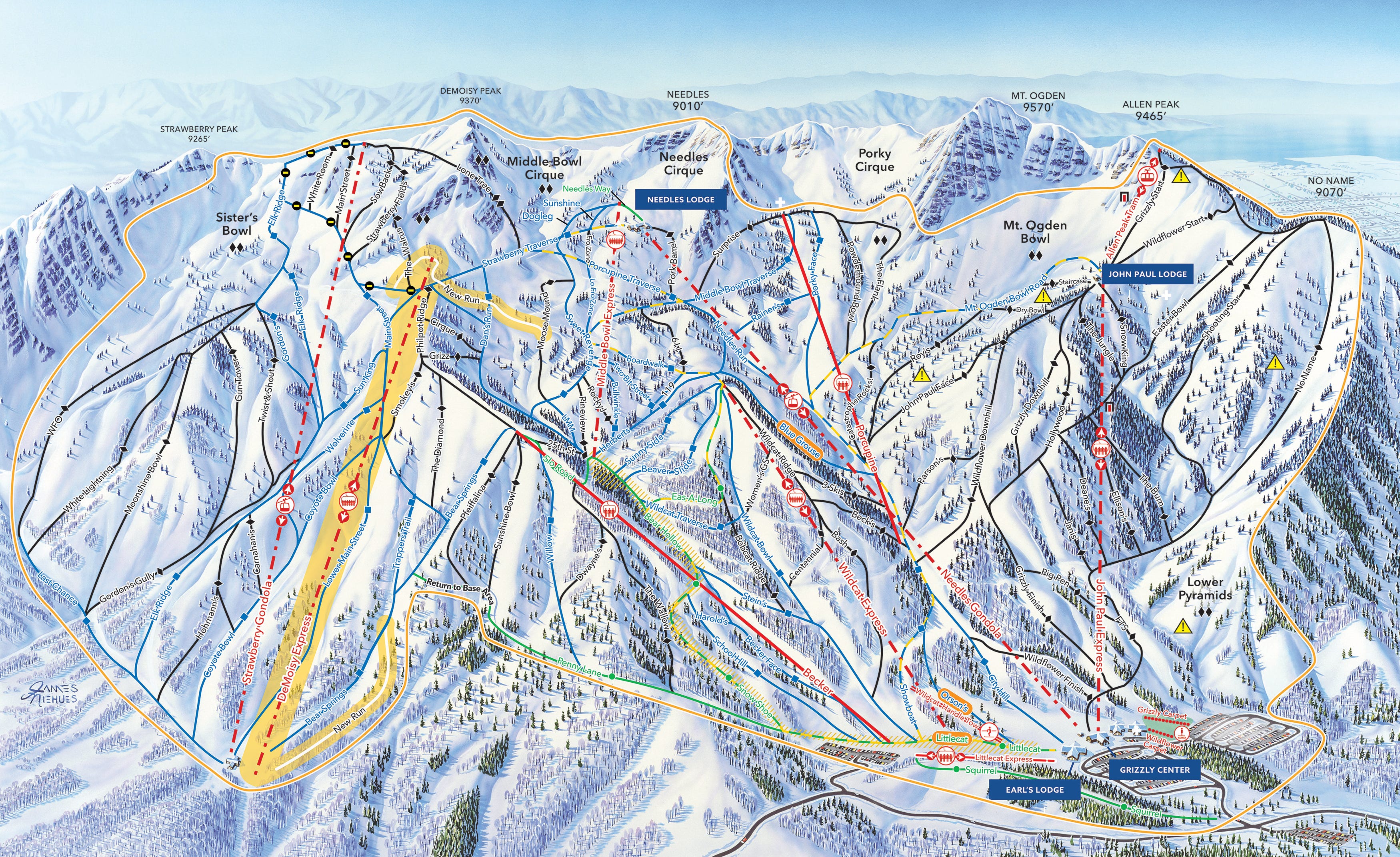
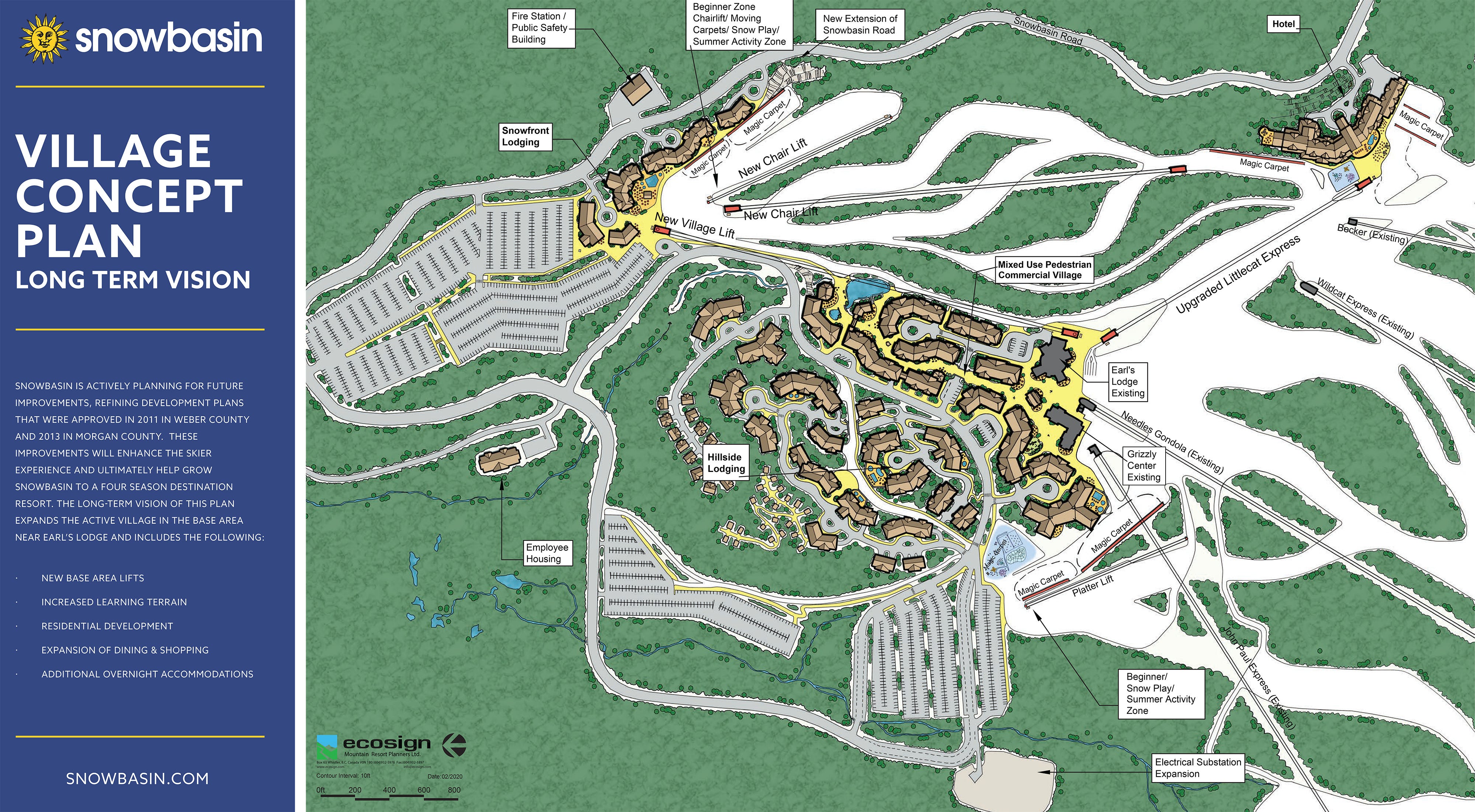
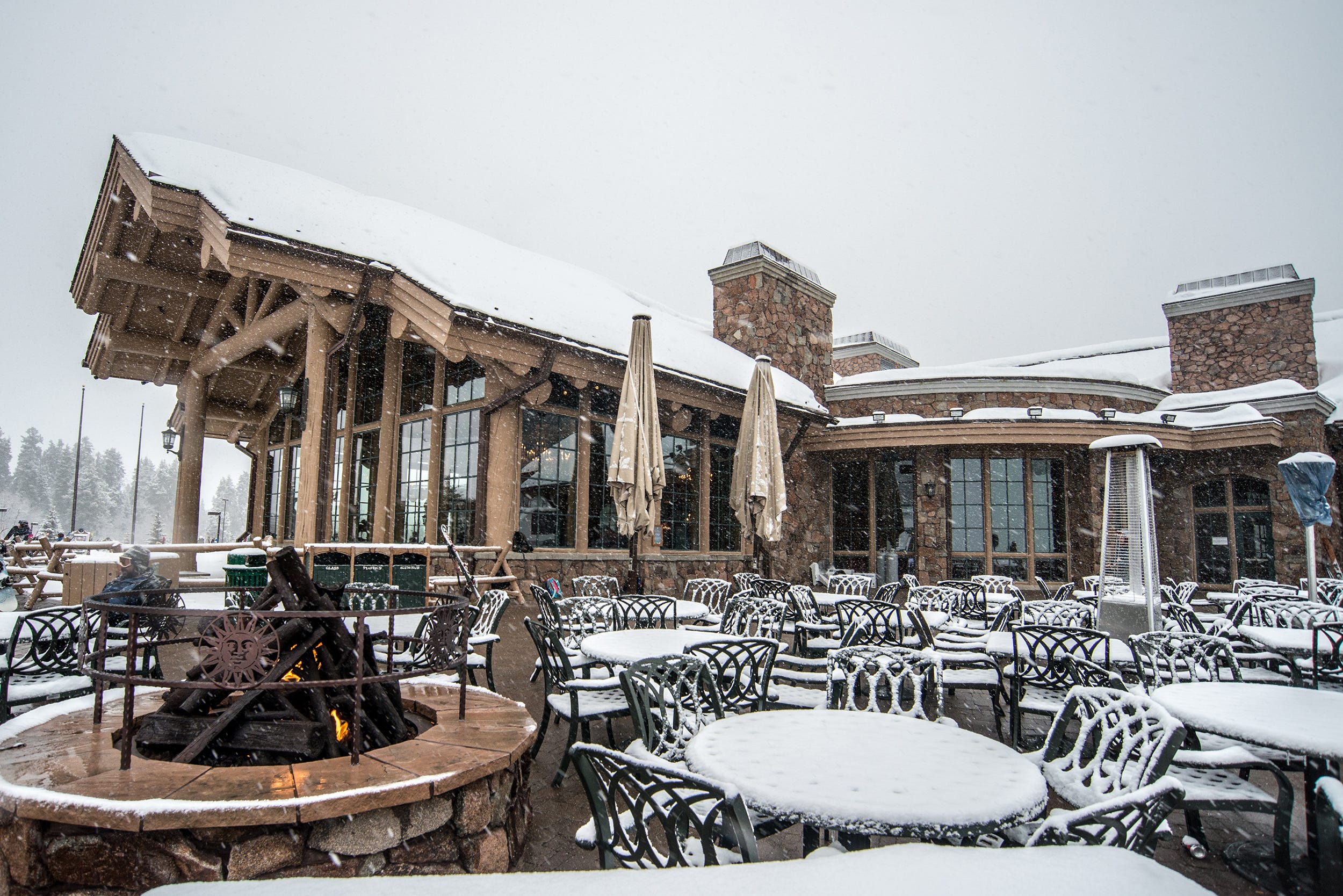
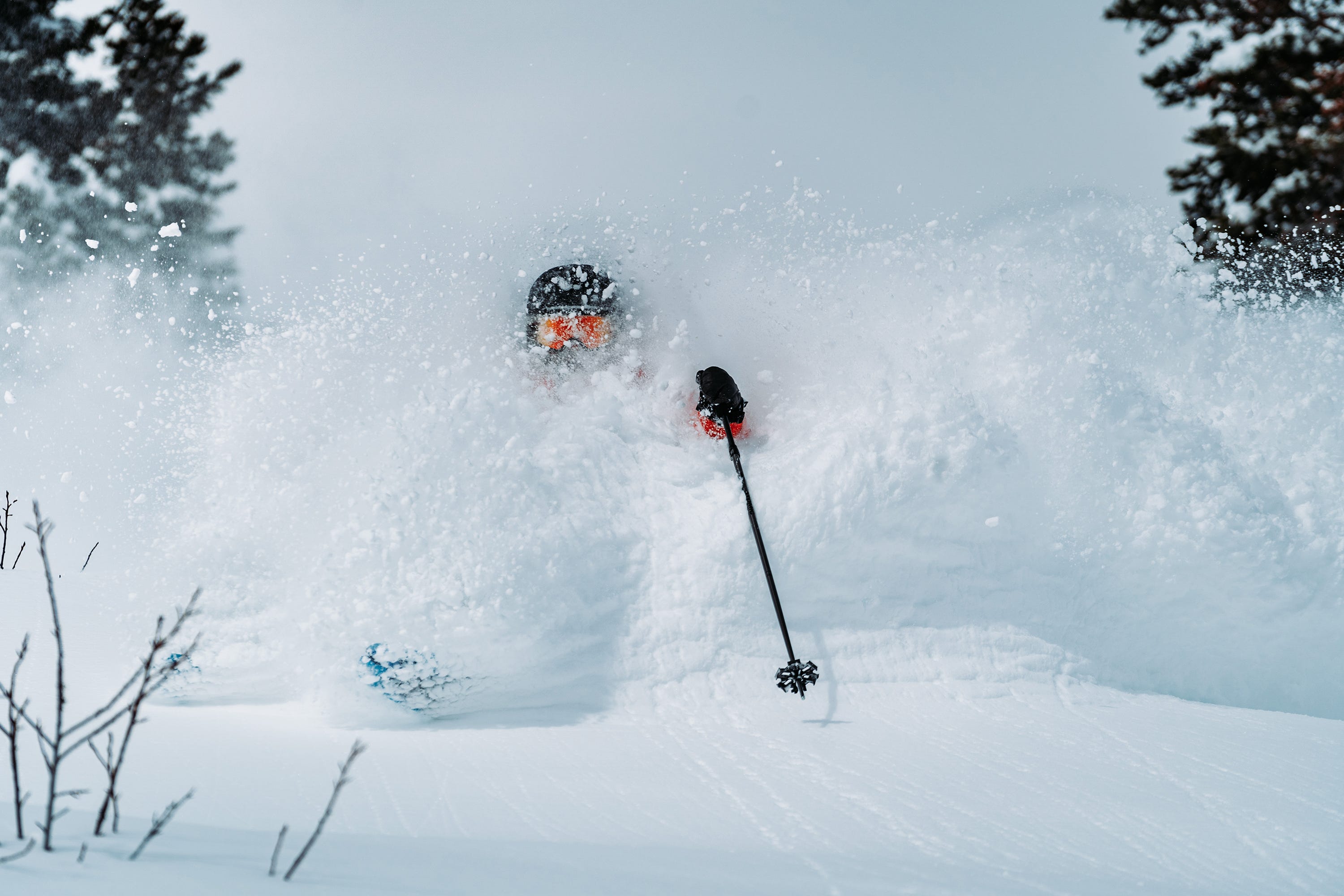
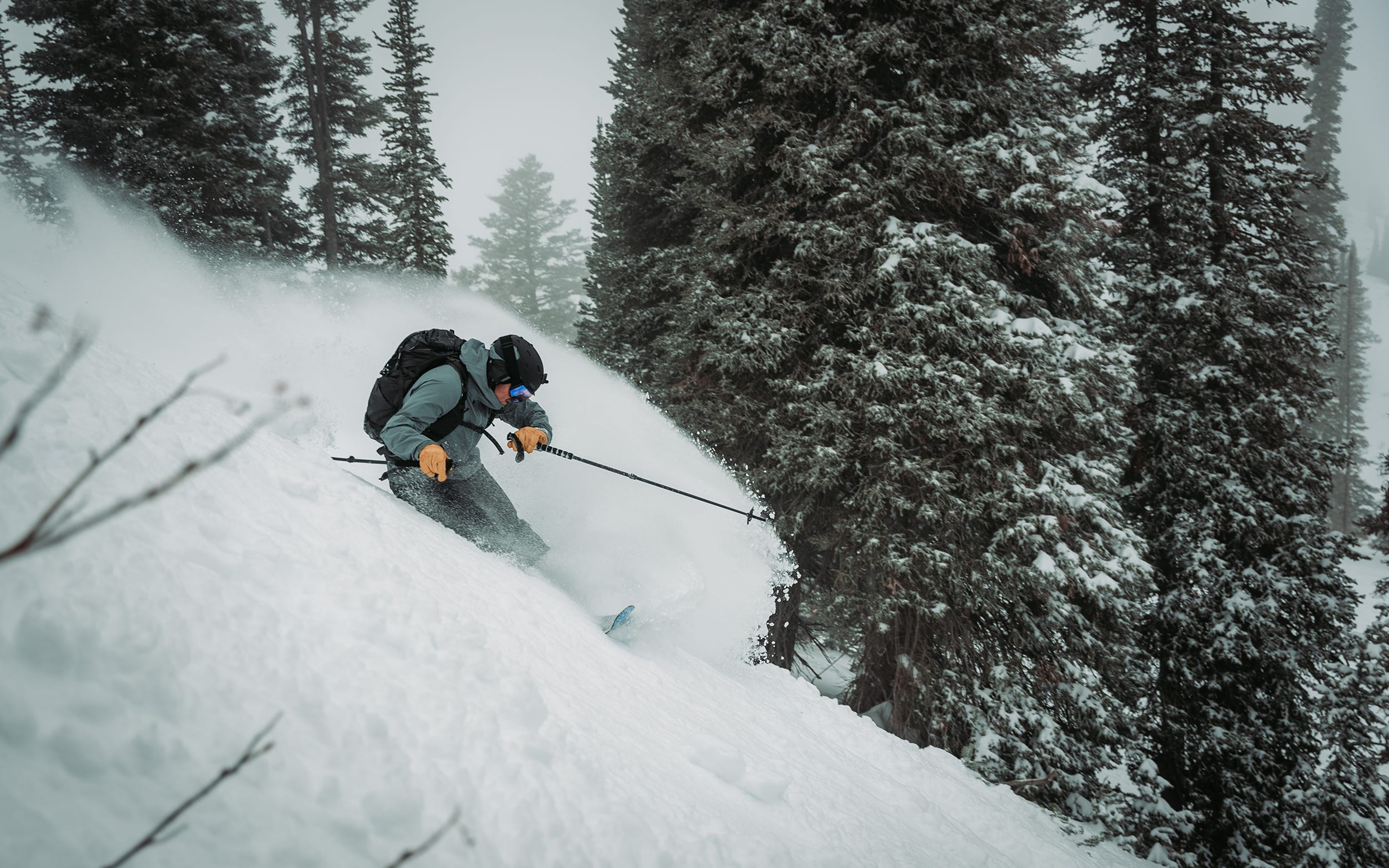



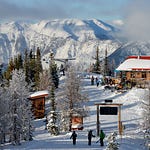


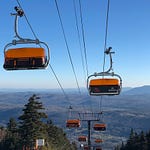
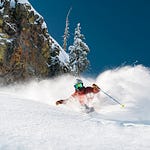
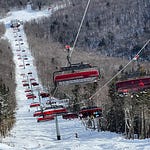

Podcast #115: Snowbasin Vice President & General Manager Davy Ratchford